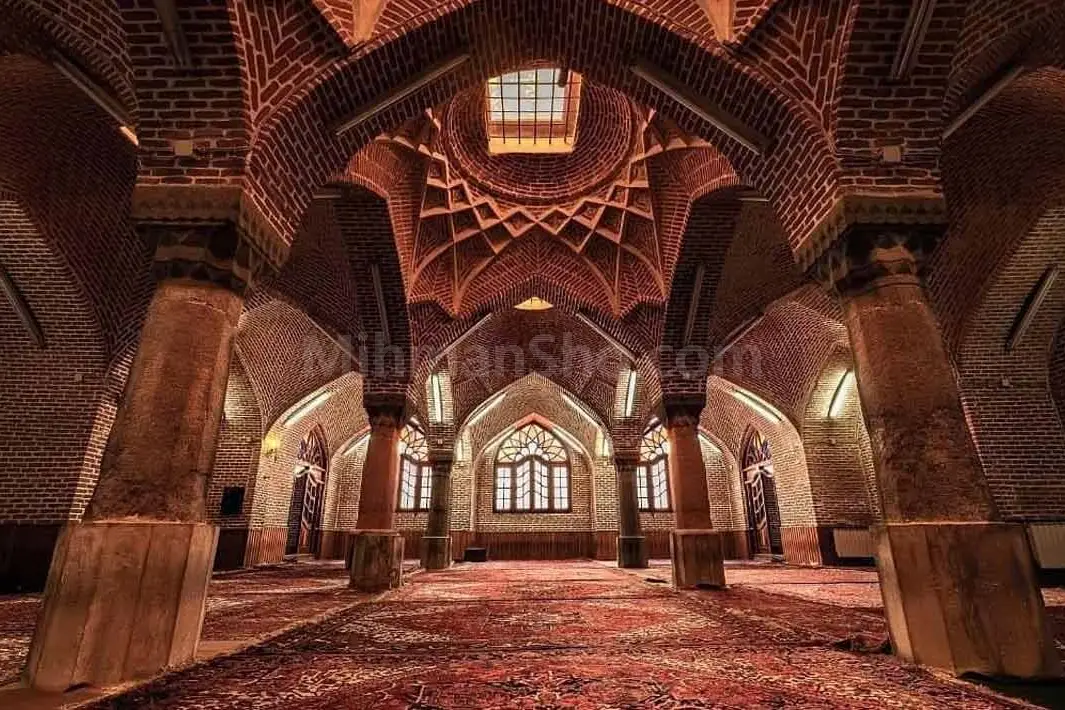Tucked away in the Alborz mountains, about thirty-five kilometers northeast of Qazvin, lies the Alamut Valley. This high, isolated valley is known for its historical significance and breathtaking scenery. The valley was once the center of an autonomous Isma’ili state, defended by numerous fortresses, including the famous Alamut Fortress.
Despite its allure, western travelers rarely visited the valley before the 20th century. Notable visitors like Marco Polo mentioned it, but it wasn’t until the early 19th century that explorers like Colonel Monteith and J. Shiel reached the region. In the 1930s, systematic studies by researchers such as L. Lockhart, F. Stark, and W. Ivanow shed more light on the area, though it remains relatively unknown outside its medieval history.
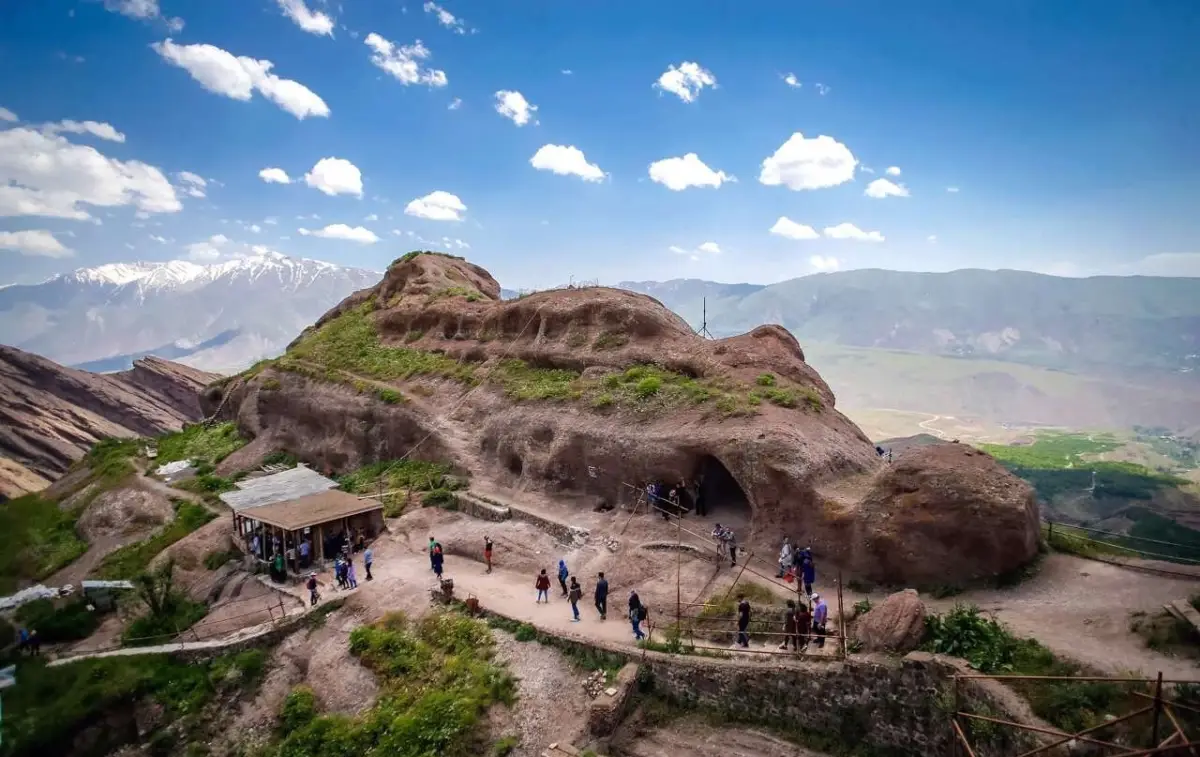
For adventurous travelers, the Alamut Valley offers a unique blend of natural beauty and historical intrigue. The mild climate, scenic views, and rich history make it a perfect destination for exploration. Whether hiking through the valleys, visiting the historic fortress, or simply soaking in the stunning mountain views, Alamut Valley promises an unforgettable experience.
Ready to explore the rich history and breathtaking nature of Alamut? Don’t miss the chance to experience the mystique of this legendary fortress firsthand. Contact us to plan your adventure with Visit with Our Iran and begin an unforgettable journey through the heart of Alamut Castle.
History of Alamut
Alamut Castle, also known as the “Eagle’s Nest,” stands at an impressive altitude of 2163 meters. Just 100 kilometers from Tehran, this historic fortress has witnessed centuries of history, intrigue, and intellectual pursuit.
The story of Alamut began around 840 AD when it was built by Wahsudan ibn Marzuban, the Justanid ruler of Daylam, who was inspired by an eagle soaring and perching on a high rock. Recognizing the strategic advantage of the location, he constructed the fortress, naming it Aluh amu[kh]t, which translates to “Eagle’s Teaching” or “Nest of Punishment.”
In 1090 AD, Alamut came under the control of Hassan-i Sabbah, a fervent advocate of the Nizari Ismaili cause. This marked the beginning of Alamut’s golden era when it served as the headquarters of the Nizari Ismaili state. The fortress was renowned for being impregnable, surrounded by hostile territories yet standing unassailable for nearly two centuries.
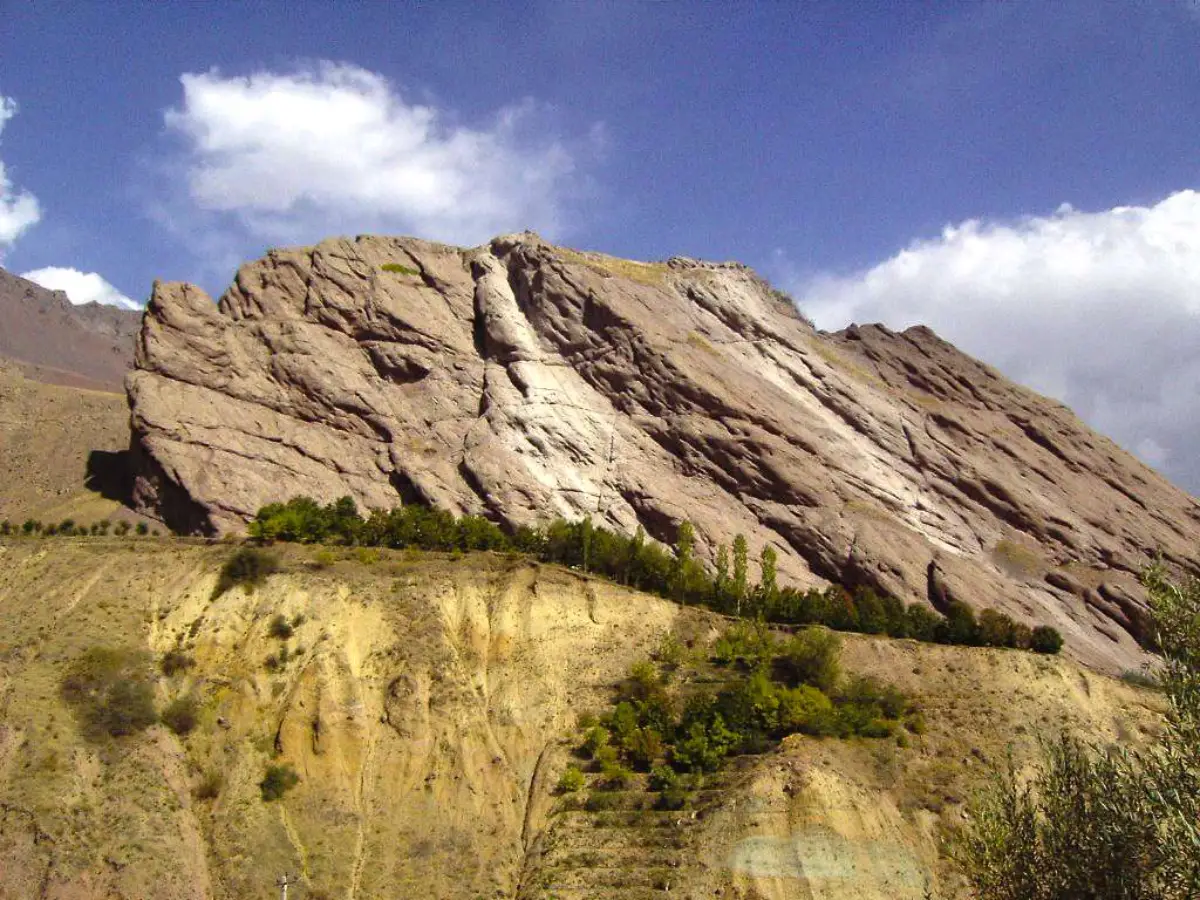
Alamut was not just a military stronghold but a beacon of knowledge and culture. It boasted heavenly gardens, an extensive library, and laboratories where scholars, philosophers, and theologians gathered to debate and innovate. Under Hassan-i Sabbah’s leadership, the fortress saw significant enhancements, including improved fortifications and irrigation systems to support the surrounding villages and ensure self-sufficiency during sieges.
The Nizari Ismailis, led by successive rulers, resisted several powerful empires, including the Seljuqs and Khwarezmians. However, in 1256, Rukn al-Din Khurshah, the last ruler of Alamut, surrendered to the Mongols. The Mongols dismantled the fortress and destroyed its precious library, dealing a severe blow to the Nizari Ismaili state.
Despite this devastation, the Nizari Ismailis briefly recaptured Alamut in 1275, demonstrating their resilience. Nevertheless, the fortress fell again in 1282 to Hulagu Khan’s eldest son. Following this, Alamut’s significance dwindled, and it eventually came under the control of various regional powers, ultimately falling into ruins.
Visitors today can explore the remnants of Alamut and imagine the grandeur of its past. Walking through the ruins, you can sense the fortress’s historical significance and the intellectual legacy it once held. The journey to Alamut offers breathtaking views of the surrounding mountains and valleys, making it a worthwhile trip for history enthusiasts and nature lovers.
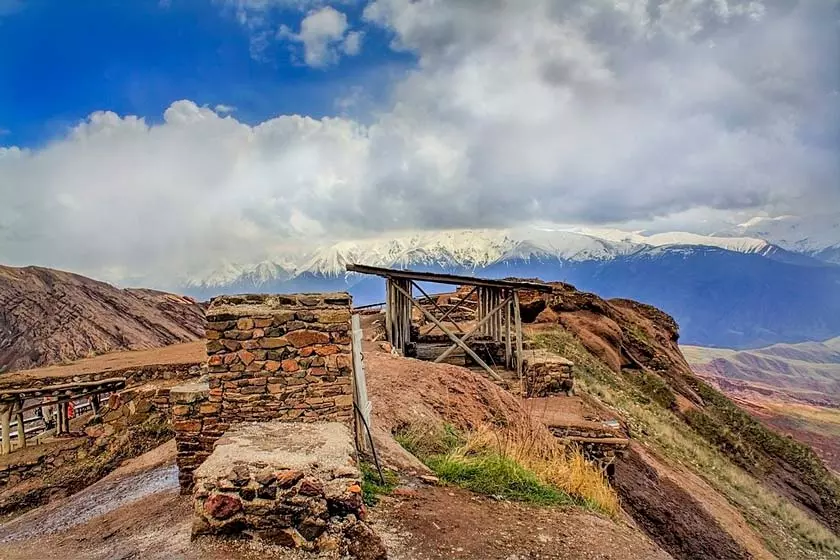
Hashshashins (Assassins)
During the Middle Ages, these assassins struck fear into leaders across the Middle East. Led by Hassan-i Sabbah, known as the Old Man of the Mountain, the Hashshashins were an order of Nizari Ismailis who established mountain fortresses and threatened Sunni Seljuk power in Persia. Their name gave birth to the word “assassin,” highlighting their notoriety for executing highly skilled assassinations.
Hassan-i Sabbah, a radical Isma’ili missionary, founded the Hashshashins after fleeing Cairo to support Prince Nizar. He aimed to spread Nizari Isma’ilism from Alamut Castle in modern-day Iran, a fortress he conquered around 1090. Alamut and other strongholds, like Lambsar Castle, featured intricate water systems designed to withstand sieges. These sites can still be visited today.
The Hashshashins were known for their deadly tactics and religious devotion. Their guerilla warfare, carried out by trained fedayeen (self-sacrificers), targeted enemies of the Nizari Isma’ilis. Although Marco Polo’s tales suggest they used hashish to fuel their loyalty, this might have been misinformation. The term “Hashshashin” likely came from the Arabic “hashishin,” meaning “outcasts” or “rabble,” rather than actual drug use.
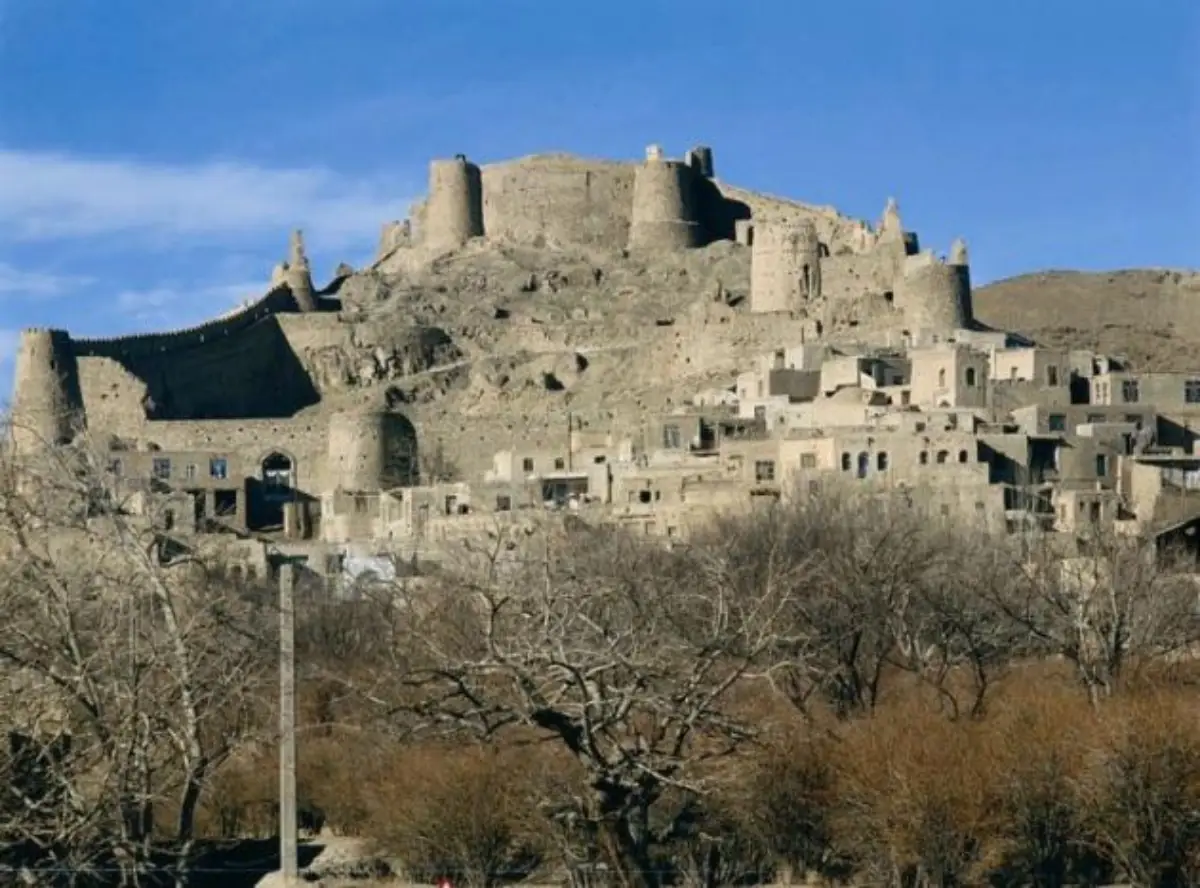
Their infamous reputation for assassinations lasted nearly 200 years. Notable victims included Conrad of Montferrat, the de facto King of Jerusalem, and Nizam al-Mulk, a high-ranking Seljuk official. Their psychological warfare was as effective as their physical attacks. For example, Saladin, the great Muslim leader, survived two assassination attempts by the Hashshashins, which left him paranoid. One story claims that he found a threatening note and poisoned dagger beside his bed after a nighttime intrusion.
Despite their fearsome reputation, the Hashshashins were ultimately defeated by the Mongols in 1256. Their stronghold at Alamut was captured, and though they briefly regained it, they were finally crushed in 1275. The Mongol conquest marked the end of the Hashshashins, leaving their story to be romanticized in series like Netflix’s “Marco Polo” and the video game “Assassin’s Creed.”

Join us on our Iran tour, where we provide everything you need for a seamless adventure, from flights and accommodations to insurance, debit card services, and car rentals. Our personalized tours cater to your preferences, ensuring an immersive experience.
Explore the Mystique of Alamut Castle
Visiting the remnants of Alamut Castle and the other Hashshashin fortresses offers a unique glimpse into a fascinating history chapter. The tale of the Hashshashins, with their strategic brilliance and the aura of mystery surrounding them, continues to captivate imaginations. Exploring these ancient strongholds allows you to step back in time and experience the legacy of Hassan-i Sabbah and his devoted followers firsthand.
For an unforgettable journey through the storied landscapes of Iran, consider booking a Qazvin tour with Visit Our Iran. We provide comprehensive tour services, including visa, flight, insurance, transfer, accommodation, SIM card, debit card, and car rental, ensuring you have everything you need to explore Iran’s rich nature and history. Contact us to plan an adventure that combines historical intrigue with modern convenience and discover the secrets of the Hashshashins.
